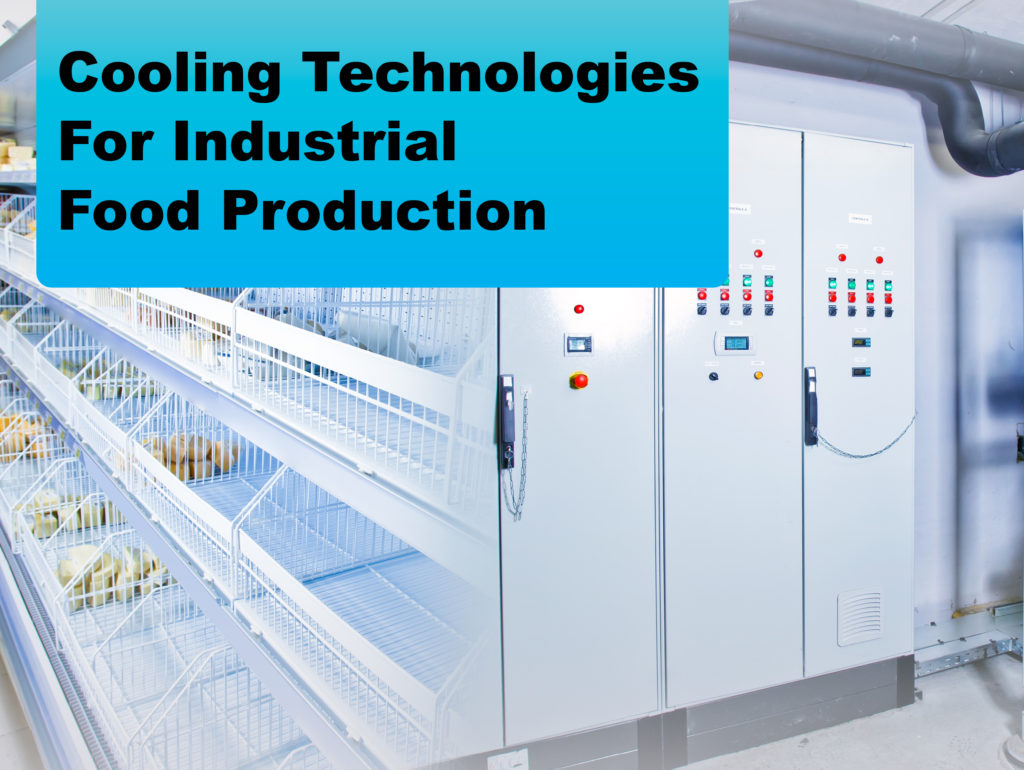
Due May 12, 2023
Mondelez International, the global food and snack manufacturer, currently utilizes carbon dioxide to cool its ingredients and doughs. Doing so helps keep materials within temperature specifications, positively impacting quality and manufacturing.
Area of Interest 1: Cooling Dry Ingredients
At present, CO2 cooling is applied in two stages: to the holding tanks containing large quantities of raw flour and again inside the mixing vessels. This system reduces the temperature by 40-50 degrees Fahrenheit in approximately 10 minutes, from a high around 105ºF to 55ºF. Using this system, Mondelez is able to cool roughly 2000 pounds of flour per hour and would like to increase the amount cooled in the future.
Area of Interest 2: Cooling Oils
CO2 is also used via direct injection into a mixing bowl to cool vegetable oil blends. The oils have different crystallization and melt points. Approximately six hundred pounds of the oil blend must be cooled from 140ºF down to approximately 70ºF within 5 minutes. This will allow for proper crystallization into solids before mixing into the ideal dough texture.
To reduce its carbon usage and emissions, Mondelez is interested in innovative approaches for reducing or maintaining temperatures on its production lines. Mondelez is open to all approaches, including but not limited to:
- Novel gas cooling alternatives to carbon dioxide such as:
- Compressed air
- Nitrogen
- Cooling technologies adapted from other industries or applications
- Thermal reflective coatings
- Insulative materials
- Heat exchangers
- Votation technologies
Mondelez is open to contact and non-contact cooling technologies however any proposed contact cooling technology must be food safe.
At minimum, proposed technologies must be ready for proof of concept demonstration by 2025. Approaches which are currently capable of pilot scale testing are highly desired.
While approaches able to deliver the desired temperature reduction are of greatest interest, partial solutions able to deliver more modest temperature reductions are still of interest.
The goal of this sprint is to facilitate contact and interactions between the Sprint sponsor and commercial entities (including Start-ups) or technology developers or research organization/university in this space. Submissions from all viable subject matter experts are of interest including those from academia and commercial entities.
